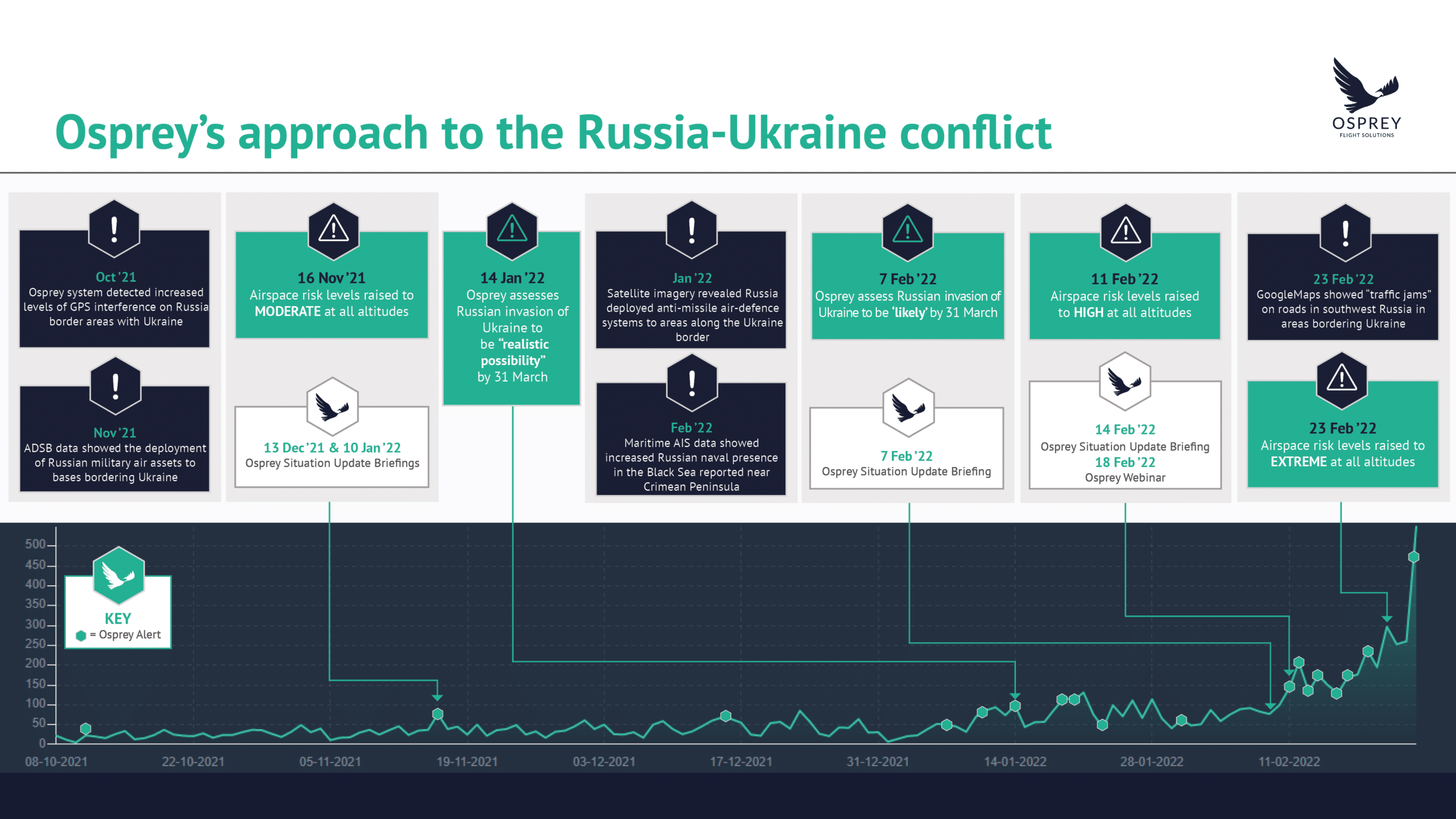The advancements in machine learning (ML) and artificial intelligence (AI) have revolutionized the field of aviation security. These tools now allow security practitioners to harness the power of data in innovative ways, enabling them to predict and mitigate risks more effectively. By aggregating and analysing vast amounts of data, particularly related to aviation security incidents and events, AI tools can identify trends and patterns that human analysts may overlook..
The Role of Data Collection
Data collection plays a crucial role in this process. AI-enabled tools can gather information from a wide range of sources, including social media, news outlets, government agencies, industry organisations, and intelligence providers. Using advanced computing techniques, these tools can collect data from hundreds of thousands of open sources in multiple languages, updating the information every few minutes.
Once the data is collected, machine learning models can be applied to categorise it in a structured format. These models utilise automated categorisation, multi-source corroboration, geolocation, and date/time stamping to effectively process and organise the data. The continuous improvement enabled by ML ensures that these systems become more accurate and capable over time without requiring excessive resources.
Using AI to Detect Anomalies
One of the key applications of AI in aviation security is anomaly detection. By applying AI anomaly detection tools to a verified security incident database, practitioners can leverage the speed of modern technology to identify emerging trends and patterns. This allows for predictive forecasting and proactive decision-making. AI anomaly detection can detect increases or decreases in overall activity, identify activity in new areas, recognize new types of security incidents, and highlight unusual combinations of security incident types.
While AI-enabled data collection and ML-based categorization save time and improve operational efficiency, they alone do not provide a significant breakthrough in predicting aviation security risks. However, when combined with AI anomaly detection applied to a verified incident database, predictive risk intelligence can be generated. This intelligence can empower aviation security practitioners to make highly accurate forecasts and take proactive measures.
Predicting Events
Several real-world examples demonstrate the effectiveness of AI anomaly detection in generating predictive risk intelligence. In February 2022, the Russian invasion of Ukraine led to airspace closures and flight bans, causing significant disruptions for aviation operators. By utilizing AI tools for anomaly detection, the invasion and its likely impacts could have been accurately forecasted.

Osprey Flight Solutions timeline showing the activity that led up to the start of the Russia Ukraine Conflict.
In another case, the AI anomaly detection tool developed by Osprey Flight Solutions monitored the security situation in Sri Lanka in March 2022. Anomalies were detected weeks before the declaration of a state of emergency and disruptions to ground transportation and flight operations. This early detection enabled aviation security practitioners to respond proactively.
The Israel-Gaza conflicts in May 2021, August 2022, and May 2023 also demonstrate the power of AI anomaly detection. The Osprey AI tool detected anomalies leading up to these conflicts, providing advanced warning of airspace restrictions and conflict-related risks.
What Does this Mean for the Future?
The future of technology, aviation security, and risk intelligence will undoubtedly involve the use of AI and ML tools for data collection, incident categorisation, and anomaly detection. These techniques enable predictive forecasting and proactive decision-making based on data-led risk intelligence. However, the accuracy and objectivity of the intelligence depend on a large quantity of high-quality verified security incident data. Irrelevant data creates noise and reduces the value of identifying patterns and anomalies.
Embracing AI and ML techniques, along with the expertise of security practitioners, presents significant opportunities for the aviation security industry. By combining these technologies with human knowledge, organisations can gain a better understanding of the global aviation operating environment and implement appropriate measures to ensure safety and security for travellers. Security practitioners need to embrace these techniques to continuously improve their understanding of risks and take effective actions in the dynamic aviation landscape.
So, what does this mean for you? It's time to embrace these technologies and empower your operations to stay ahead in a dynamic landscape. Set up an introductory call with our team.







